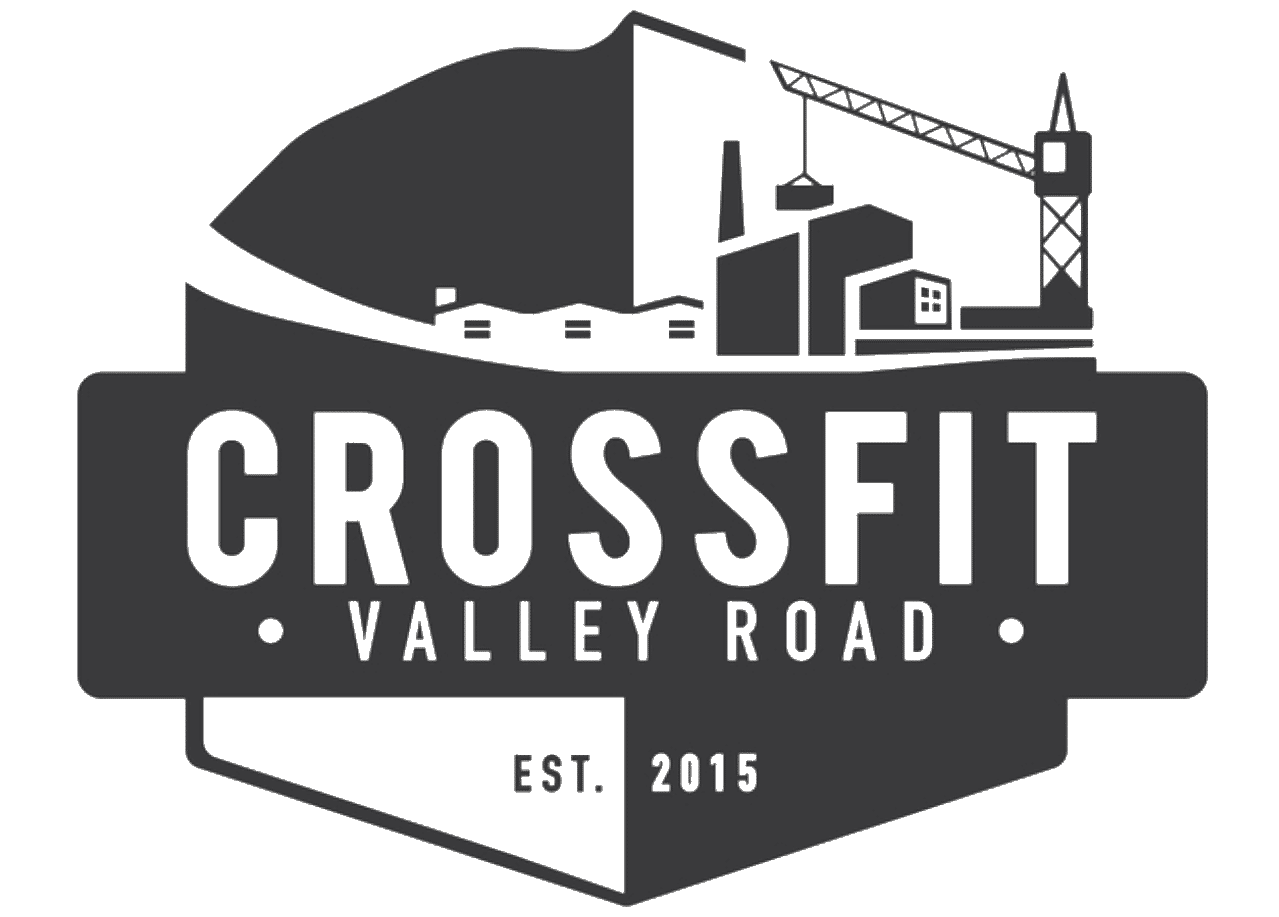Introduction:
Achieving greatness in CrossFit requires a deep understanding of personal capacity, genetic predispositions, and avoiding common training pitfalls. In this comprehensive guide, we’ll explore how these key topics intersect to shape athletic excellence and how overlooking them can lead to injury, poor performance, and training resentment.
Understanding Personal Capacity:
Personal capacity in CrossFit encompasses a diverse range of attributes, from strength and endurance to mental resilience. Ignoring these factors can result in overtraining, burnout, and increased injury risk.
Assessing Your Current Capacity:
To avoid these pitfalls, assess your current capacity in CrossFit thoroughly:
1. Benchmark Workouts: Test strength, endurance, and metabolic conditioning to identify areas for improvement.
2. Strength Assessments: Measure one-rep max (1RM) in key lifts to gauge strength levels accurately.
3. Skill Proficiency: Evaluate proficiency in fundamental movements to identify technical weaknesses.
4. Mental Resilience: Reflect on mindset and ability to handle discomfort during workouts.
Training Specific Weaknesses:
Tailor training to address weaknesses effectively:
1. Targeted Programming: Incorporate exercises and drills to improve weaknesses, avoiding overemphasis on strengths.
2. Skill Development: Dedicate time to mastering challenging movements, prioritizing technique over intensity.
3. Mobility and Flexibility: Address mobility restrictions to prevent compensatory movement patterns and reduce injury risk.
4. Mental Training: Cultivate mental resilience through visualization, positive self-talk, and stress management techniques.
Genetic Traits and Their Influence:
Genetic factors significantly impact an athlete’s capacity and potential in CrossFit. Ignoring these factors can lead to frustration and unrealistic expectations.
Identifying Genetic Traits:
Identify genetic traits through various methods:
1. Performance Analysis: Evaluate performance to identify strengths and weaknesses accurately.
2. Genetic Testing: Consider genetic testing to gain insights into predispositions for aerobic capacity, muscle fiber type, and injury risk.
3. Objective Measurements: Utilize tools like VO2 max testing and body composition analysis for quantitative data.
4. Expert Consultation: Seek guidance from coaches and sports scientists to interpret genetic data and tailor training accordingly.
Avoiding Training Pitfalls:
Failure to understand personal capacity and genetic traits can result in injury, poor performance, and training resentment:
1. Injury Risk: Overtraining and neglecting weaknesses increase the risk of overuse injuries and setbacks.
2. Poor Performance: Ignoring genetic predispositions can lead to unrealistic expectations and frustration.
3. Training Resentment: Frustration from lack of progress or injury can lead to resentment towards training and hinder long-term success.
Conclusion:
By understanding personal capacity, genetic traits, and avoiding common training pitfalls, athletes can maximize their potential in CrossFit while minimizing injury risk and frustration. Through targeted training, strategic programming, and a balanced approach to performance assessment, athletes can progress towards elite status with confidence and resilience. Remember, success in CrossFit is not just about pushing limits but also about understanding and respecting the body’s capabilities and limitations.




